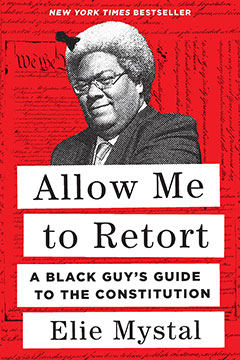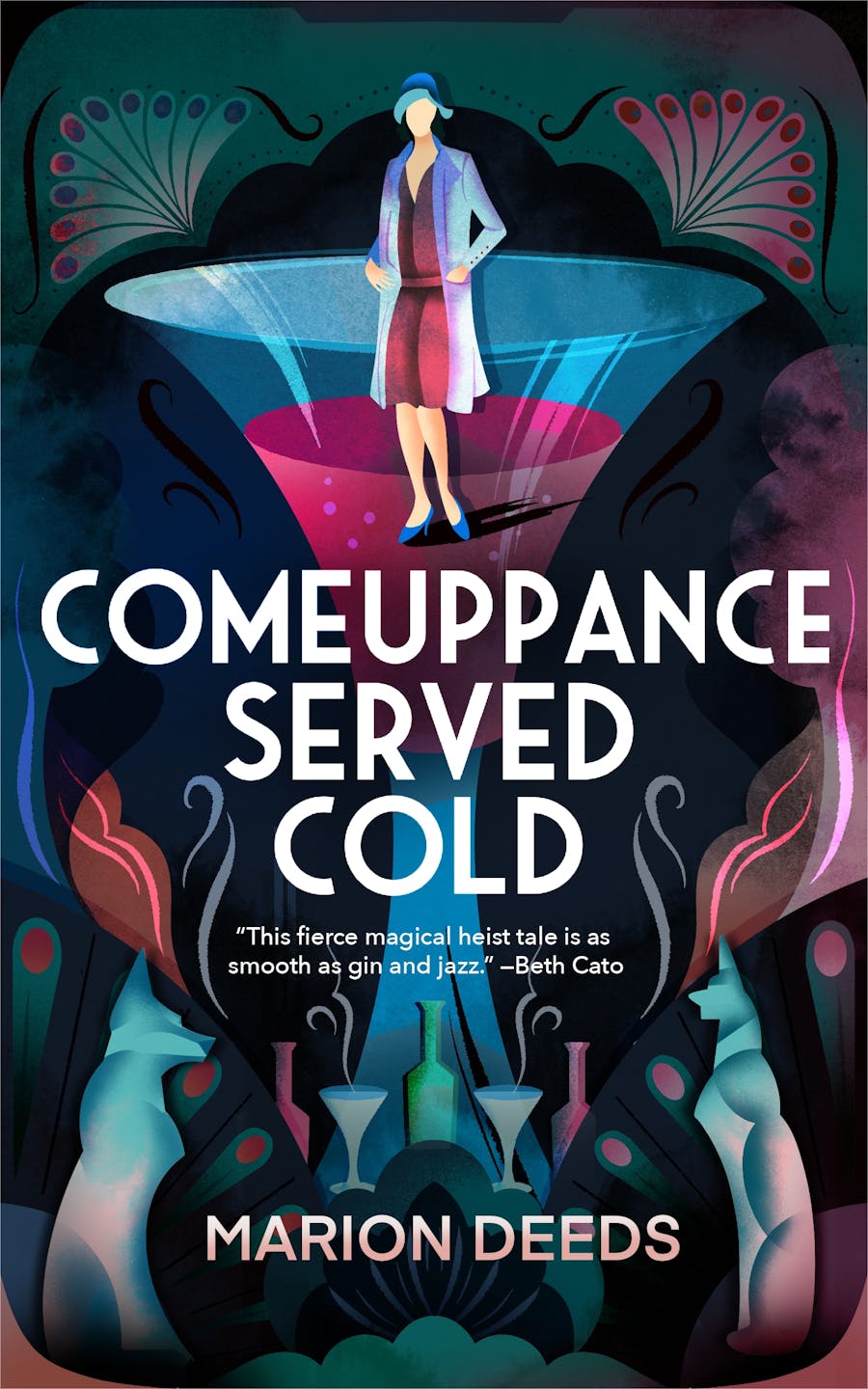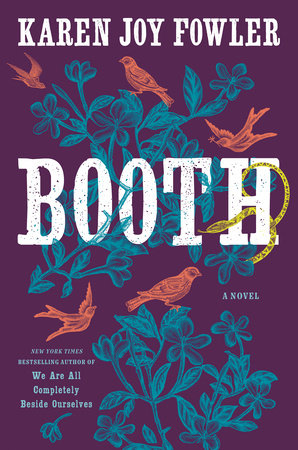 Nicole Melleby writes Middle Grade fiction featuring exclusively queer kids who also happen to struggle with mental illness. They’re really, really good books, too. Books I wish every family of a troubled adolescent, queer or not, would sit down and read together.
Nicole Melleby writes Middle Grade fiction featuring exclusively queer kids who also happen to struggle with mental illness. They’re really, really good books, too. Books I wish every family of a troubled adolescent, queer or not, would sit down and read together.How To Become a Planet features a youngster, creatively named Pluto, who struggles with depression. I reviewed it here.
How to Become a Planet focuses on Pluto as a sympathetic character, a person who is both resourceful and overwhelmed, insightful and confused by changes in herself. Her use of astronomy metaphors is particularly vivid and powerful. Above all, Pluto is a person whose brain chemistry isn’t working quite right, not a diagnosis, and this excellent novel showcases her journey toward a new balance in her life.
Here’s what the author said about this character in a recent interview:
Q: How did you balance depicting the reality of living with mental illness with the important message of hope?
A: Getting a diagnosis isn’t the end for Pluto—it’s a new beginning. I wanted to show that despite it feeling so hard, there is always hope. In the end, Pluto still has depression, she still has her struggles, but she has her support system and the understanding of her needs, and she’ll be okay.
I think this is spot on for adults as well as kids. Turning your life around takes not only appropriate treatment (including, in Pluto’s case, medication as well as psychotherapy) but time and patience. Backsliding and reversals are par for the course, no matter how skillful the professional help and supportive the loving families are. There’s no magic wand to make psychiatric problems disappear, although popular media often portray it so. One insightful conversation and poof! you’re cured. This is one of many reasons why books like Melleby’s are so important. There is hope, she says, so hang in there.
In Melleby’s new novel, The Science of Being Angry, young Joey can’t understand why she explodes into destructive fury. Like Pluto, she has a family that loves her and struggles to understand her, yet it isn’t enough.
In my review of this book, I wrote:
What I most loved about this book was the respect with which Joey and her problems were portrayed. Joey is in many ways still a child, and for all her competence in many areas, she has a child’s limited resources for dealing with psychological issues that confound many adults. Her sense of responsibility often leads her to shoulder disproportionate blame, to withdraw rather than harm someone she loves, and to keep her pain to herself. She confronts an issue all of us face, regardless of how old we are: when do we ask for help, and when do we rely upon our own resources? In the end, Joey realizes that she cannot master her temper by herself, and—more importantly—that there is kindness, understanding, and help available to her.
Melleby doesn’t condescend or simply. Her characters grapple with complex, often ambivalent emotions. Yet her faith in the resourcefulness of troubled young people, when given appropriate care, shines through. She reminds us,
There’s no one answer, there’s no one story for someone struggling with mental illness.
If this means there are many more Melleby MG novels to come, that’s an excellent thing!





 When I to went Clarion, waaaaaay back in the day, Algis Budrys taught a lesson on the five beat plot (variously the seven beat plot, the well-made plot, and I’m sure there’s another dozen names for it somewhere). The five beat plot boils down to: 1) the heroine has a problem; 2) the heroine attempts a solution; 3) an obstacle thwarts the solution; 4) the heroine solves the problem; 5) validation. (There are many different names for the five segments, but that’s the essence of the thing.)
When I to went Clarion, waaaaaay back in the day, Algis Budrys taught a lesson on the five beat plot (variously the seven beat plot, the well-made plot, and I’m sure there’s another dozen names for it somewhere). The five beat plot boils down to: 1) the heroine has a problem; 2) the heroine attempts a solution; 3) an obstacle thwarts the solution; 4) the heroine solves the problem; 5) validation. (There are many different names for the five segments, but that’s the essence of the thing.)